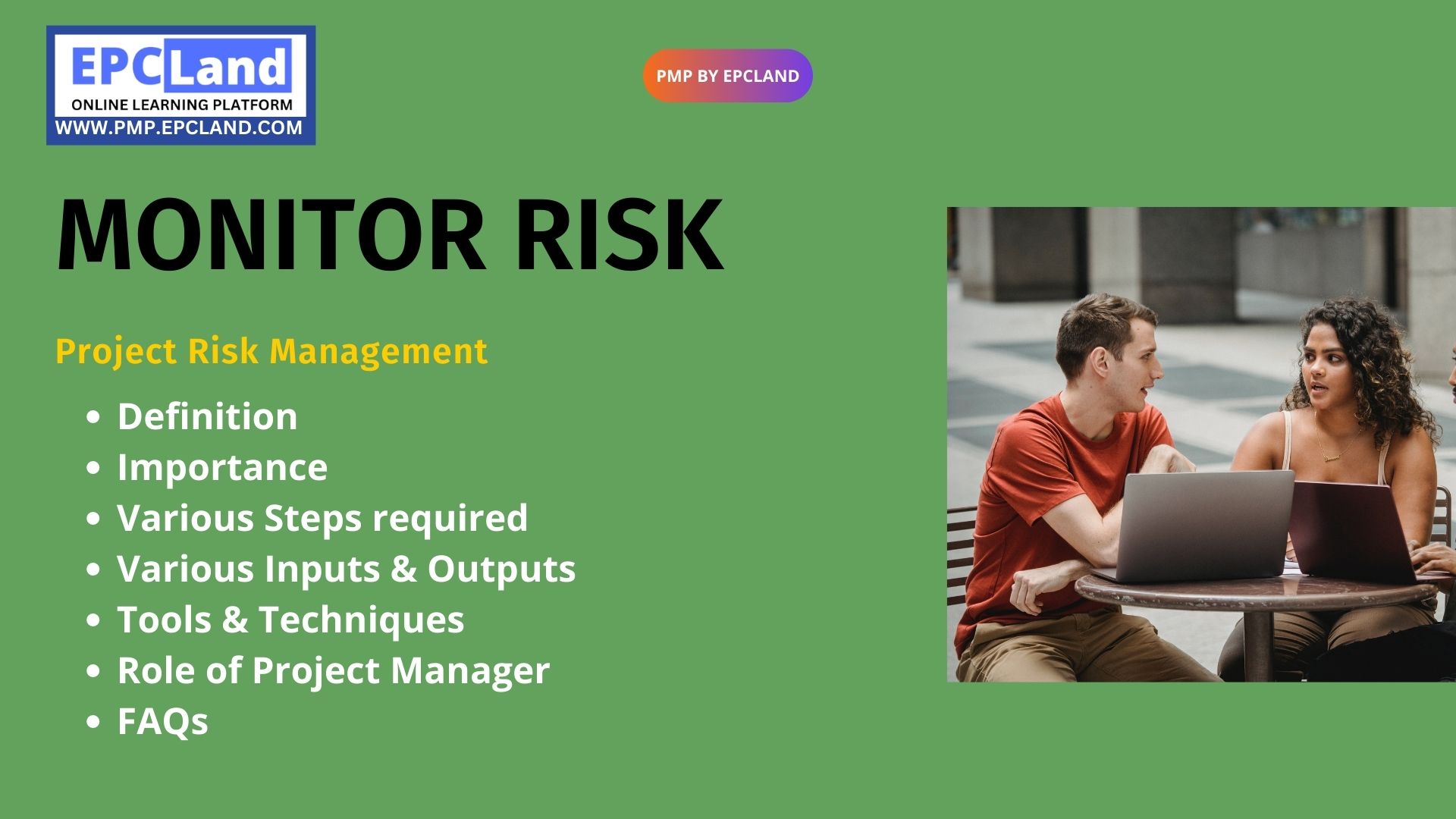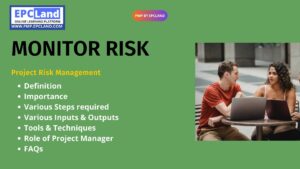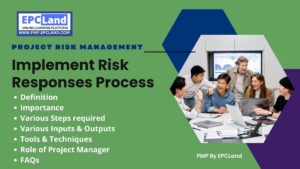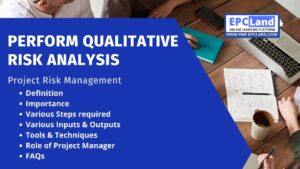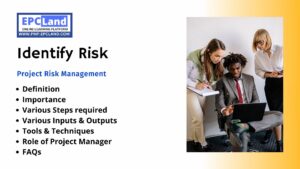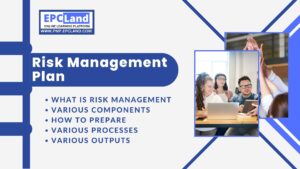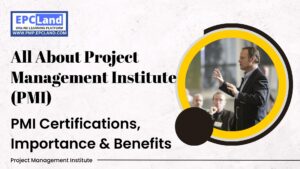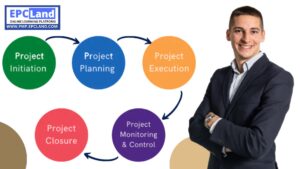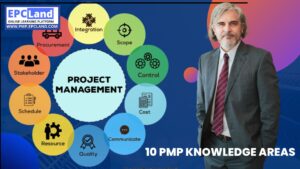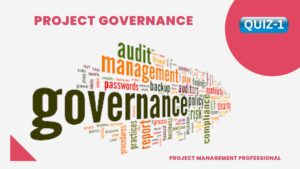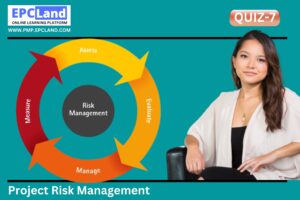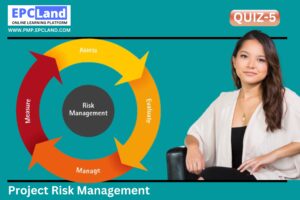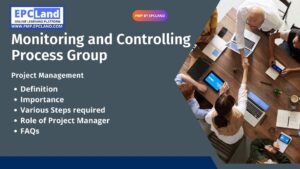Risk management is an essential aspect of project management as it helps identify, assess and prioritize potential risks that may impact the success of the project. One of the crucial steps in risk management is monitoring risks, which involves continuously tracking the progress of identified risks and taking necessary actions to mitigate their impact. Effective risk monitoring helps project managers stay ahead of potential issues and ensure that their projects stay on track.
There are various strategies and tools that project managers can use to monitor risks, including risk registers, project dashboards, and regular risk assessments. It is important to have a systematic approach to risk monitoring and to regularly review and update the risk management plan to ensure its effectiveness.
Effective risk monitoring requires constant communication and collaboration between team members, stakeholders, and project sponsors. By involving all relevant parties in the risk monitoring process, project managers can ensure that risks are identified early and addressed promptly, reducing the likelihood of unexpected events impacting the project’s success.
What is the Importance of “Monitor Risk” in Project Risk Management
Monitoring risk in project risk management is important because it helps to track and assess the potential impact of identified risks on the project objectives. By continuously monitoring risks, project managers can make informed decisions to mitigate, transfer or accept risks, and take necessary corrective actions to ensure the project stays on track. Regular monitoring also helps to identify new risks and opportunities, and to ensure that the risk management plan remains relevant and up-to-date. Overall, effective risk monitoring helps to increase the likelihood of successful project delivery and ensure that stakeholders remain informed about the project’s risk status.
Attempt Quiz on Monitor Risk Process
What are Various Steps required in “Monitor Risk” in Project Risk Management
The steps involved in monitoring risk in project risk management include:
- Review the risk management plan: Regularly review the risk management plan to ensure it remains relevant and up-to-date.
- Monitor risk triggers: Monitor risk triggers to identify when a risk has materialized and assess the potential impact on the project.
- Update risk register: Update the risk register to reflect any changes in the likelihood or impact of identified risks.
- Assess the effectiveness of risk response strategies: Evaluate the effectiveness of risk response strategies and make changes as needed.
- Conduct risk reassessment: Reassess risks on a regular basis to ensure they are still relevant and to identify new risks that may have emerged.
- Communicate with stakeholders: Regularly communicate the status of risks and the impact on the project to stakeholders.
- Incorporate lessons learned: Incorporate lessons learned from previous projects into the risk management plan to continuously improve the process.
What are various Tools & Techniques used for “Monitor Risk” in Project Risk Management
There are several tools and techniques that can be used for monitoring risk in project risk management, including:
- Risk register: A risk register is a document that records all identified risks, their likelihood and impact, and the risk response strategies that have been put in place.
- Project status reports: Project status reports can be used to regularly communicate the status of risks to stakeholders and to update the risk register.
- Earned value analysis: Earned value analysis is a method for tracking project performance and can be used to assess the impact of risks on the project schedule and budget.
- Root cause analysis: Root cause analysis is a technique used to determine the underlying cause of problems and can be used to identify new risks.
- Sensitivity analysis: Sensitivity analysis is a tool used to assess the impact of changes in the assumptions underlying a project on its outcomes.
- Variance and trend analysis: Variance and trend analysis is a technique used to compare actual results with planned results and can be used to identify potential risks.
- Expert judgment: Expert judgment can be used to identify new risks, assess the likelihood and impact of risks, and determine appropriate risk response strategies.
What are various Inputs required for “Monitor Risk” in Project Risk Management
The inputs required for monitoring risk in project risk management include:
- Risk management plan: The risk management plan outlines the approach for managing risks, including the identification, assessment, response, and monitoring of risks.
- Risk register: The risk register is a document that lists all identified risks, their likelihood and impact, and the risk response strategies.
- Project status reports: Project status reports provide information on the current status of the project and can be used to assess the impact of risks on the project schedule and budget.
- Performance reports: Performance reports provide information on the progress of the project and can be used to assess the effectiveness of risk response strategies.
- Lessons learned: Lessons learned from previous projects can provide valuable information on how to effectively manage risks and can be used to improve the risk management process.
- Project documents: Project documents such as project charters, work breakdown structures, and project schedules can provide information on the project scope, schedule, and budget, which can be used to assess the impact of risks.
- Stakeholder feedback: Feedback from stakeholders can provide valuable information on the potential impact of risks on the project and can be used to improve the risk management process.
What are various Outputs required for “Monitor Risk” in Project Risk Management
The outputs of the “Monitor Risk” process in project risk management include:
- Updated risk register: The risk register is updated to reflect any changes in the likelihood or impact of risks, and to reflect the effectiveness of risk response strategies.
- Risk management plan updates: The risk management plan may be updated to reflect changes in the risk environment or to incorporate lessons learned.
- Project status reports: Project status reports are updated to reflect the status of risks and their impact on the project schedule and budget.
- Performance reports: Performance reports provide information on the progress of the project and can be used to assess the effectiveness of risk response strategies.
- Stakeholder communication: Stakeholders are updated on the status of risks and their impact on the project.
- Lessons learned: Lessons learned from the risk management process are documented and incorporated into future projects to continuously improve the process.
What is the role of Project Manager in “Monitor Risk” in Project Risk Management
The project manager plays a critical role in the “Monitor Risk” process in project risk management. Some of the key responsibilities of the project manager include:
- Monitoring risks: The project manager is responsible for regularly monitoring risks to assess their likelihood and impact, and to determine if any changes are needed to the risk response strategies.
- Updating the risk register: The project manager is responsible for updating the risk register to reflect any changes in the likelihood or impact of risks, and to reflect the effectiveness of risk response strategies.
- Communicating with stakeholders: The project manager is responsible for communicating with stakeholders on the status of risks and their impact on the project.
- Identifying new risks: The project manager is responsible for identifying new risks as they emerge and assessing their likelihood and impact.
- Implementing risk response strategies: The project manager is responsible for implementing risk response strategies as needed to mitigate or transfer the impact of risks on the project.
- Evaluating risk response strategies: The project manager is responsible for evaluating the effectiveness of risk response strategies and making changes as needed.
- Incorporating lessons learned: The project manager is responsible for incorporating lessons learned from the risk management process into future projects to continuously improve the process.
Attempt Quiz on Monitor Risk Process
Final Takeaway on “Monitor Risk” in Project Risk Management
“Monitor Risk” is a crucial process in project risk management that helps ensure the success of a project. The process involves regularly monitoring identified risks, updating the risk register, communicating with stakeholders, and implementing risk response strategies. The project manager plays a vital role in monitoring risks, updating the risk register, communicating with stakeholders, and implementing risk response strategies. By effectively monitoring risks, project managers can ensure that the project remains on track and that risk response strategies are effectively mitigating the impact of risks on the project.
FAQs on “Monitor Risk” in Project Risk Management
Here are some frequently asked questions about “Monitor Risk” in project risk management:
- What is the purpose of “Monitor Risk” in project risk management? The purpose of “Monitor Risk” in project risk management is to regularly assess the likelihood and impact of risks, determine if changes are needed to risk response strategies, and ensure that the project remains on track.
- What inputs are required for “Monitor Risk” in project risk management? The inputs required for “Monitor Risk” in project risk management include the risk management plan, risk register, project status reports, performance reports, lessons learned, project documents, and stakeholder feedback.
- What outputs are produced by “Monitor Risk” in project risk management? The outputs of “Monitor Risk” in project risk management include an updated risk register, risk management plan updates, project status reports, performance reports, stakeholder communication, lessons learned, and updated project documents.
- What is the role of the project manager in “Monitor Risk” in project risk management? The project manager plays a critical role in “Monitor Risk” in project risk management. The project manager is responsible for regularly monitoring risks, updating the risk register, communicating with stakeholders, implementing risk response strategies, evaluating risk response strategies, and incorporating lessons learned into future projects.
- How often should “Monitor Risk” in project risk management be performed? The frequency of “Monitor Risk” in project risk management will depend on the nature of the project, the risks involved, and the objectives of the project risk management process. It is important to regularly monitor risks throughout the project to ensure that the project remains on track and that risk response strategies are effective.
